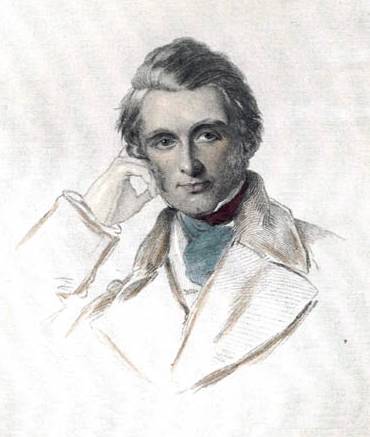Taken generally, the chief characteristics of Turner's colour, whether in drawings or paintings, considered only with respect to truth, and without reference to composition or beauty, of which at present we can take no cognizance, are those above pointed out, which we shall briefly recapitulate.
1. Prevalence, variety, value, and exquisite composition of greys. The grey tones are, in the drawings especially, the most wonderful as well as the most valuable portions of the whole picture.
Some of the very first-rate drawings are merely harmonies of different kinds of grey: Long Ships lighthouse, Land's End, for instance. Several appear to have been drawn entirely with modulated greys first, and then sparingly heightened with colour on the lights; but whatever the subject, and however brilliant the effect, the grey tones are the foundation of all its beauty.
2. Refinement, delicacy, and uncertainty in all colours whatsoever. Positive colour is, as I before said, the rarest thing imaginable in Turner's works, and the exquisite refinement with which variety of hue is carried into his feeblest tints is altogether unparalled in art. The drawing of Colchester, in the England series, is an example of this delicacy and fulness of tint together, with which nothing but nature can be compared. But I have before me while I write a drawing of the most vigorous and powerful colour, with concentrated aërial blue opposed to orange and crimson. I should have fancied at a little distance, that a cake of ultramarine had been used pure upon it. But, when I look close, I discover that all which looks blue in effect is in reality a changeful grey, with black and green in it, and blue tones breaking through here and there more or less decisively, but without one grain or touch of pure blue in the whole picture, except on a figure in the foreground, nor one grain nor touch of any colour whatsoever, of which it is possible to say what it is, or how many are united in it. Such will invariably be found the case, even with the most brilliant and daring of Turner's systems of colour.
3. Dislike of purple, and fondness for opposition of yellow and black, or clear blue and white.
4. Entire subjection of the whole system of colour to that of chiaroscuro. I have not before noticed this, because I wished to show how true and faithful Turner's colour is, as such, without reference to any associated principles. But the perfection and consummation of its truth rests in its subordination to light and shade...

No comments:
Post a Comment